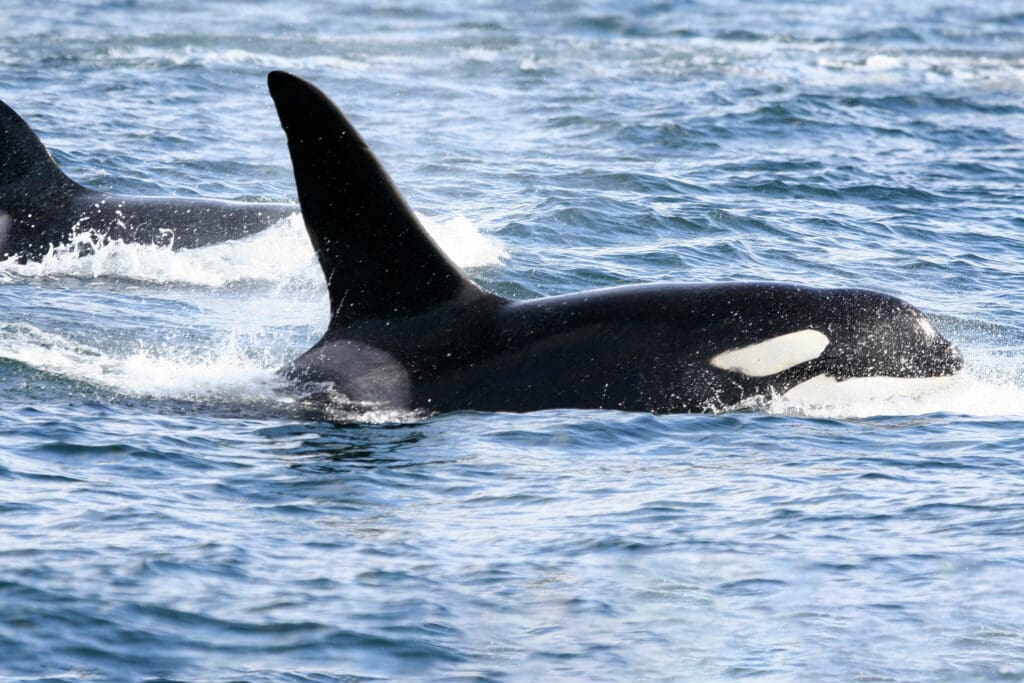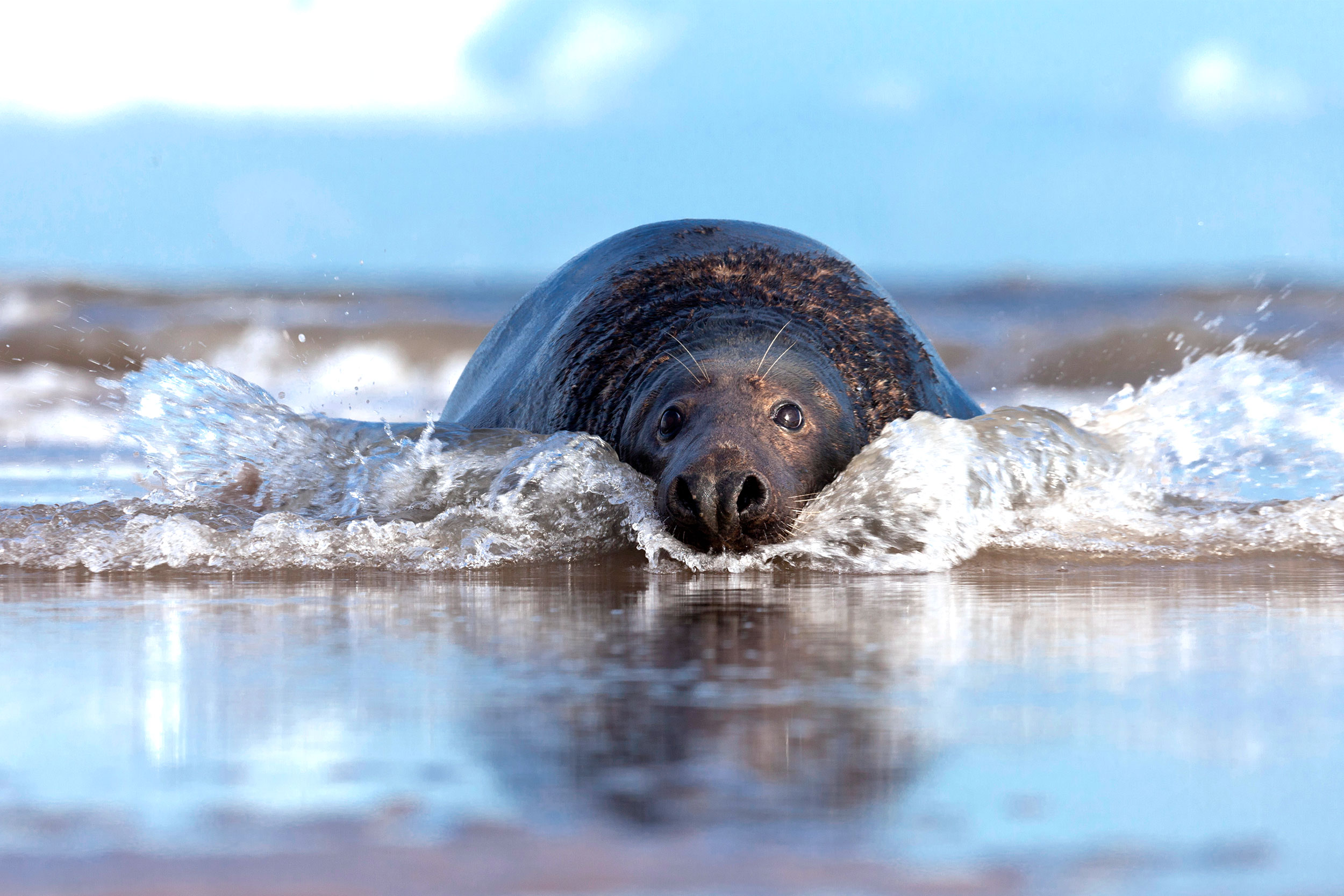Larger than Harbour (or Common) Seals, Grey Seals sport a smattering of dark spots and blotches that are unique to each individual.
Their long, aquiline noses match their scientific name, Halichoerus gryphus – literally, ‘hook-nosed sea pig’.
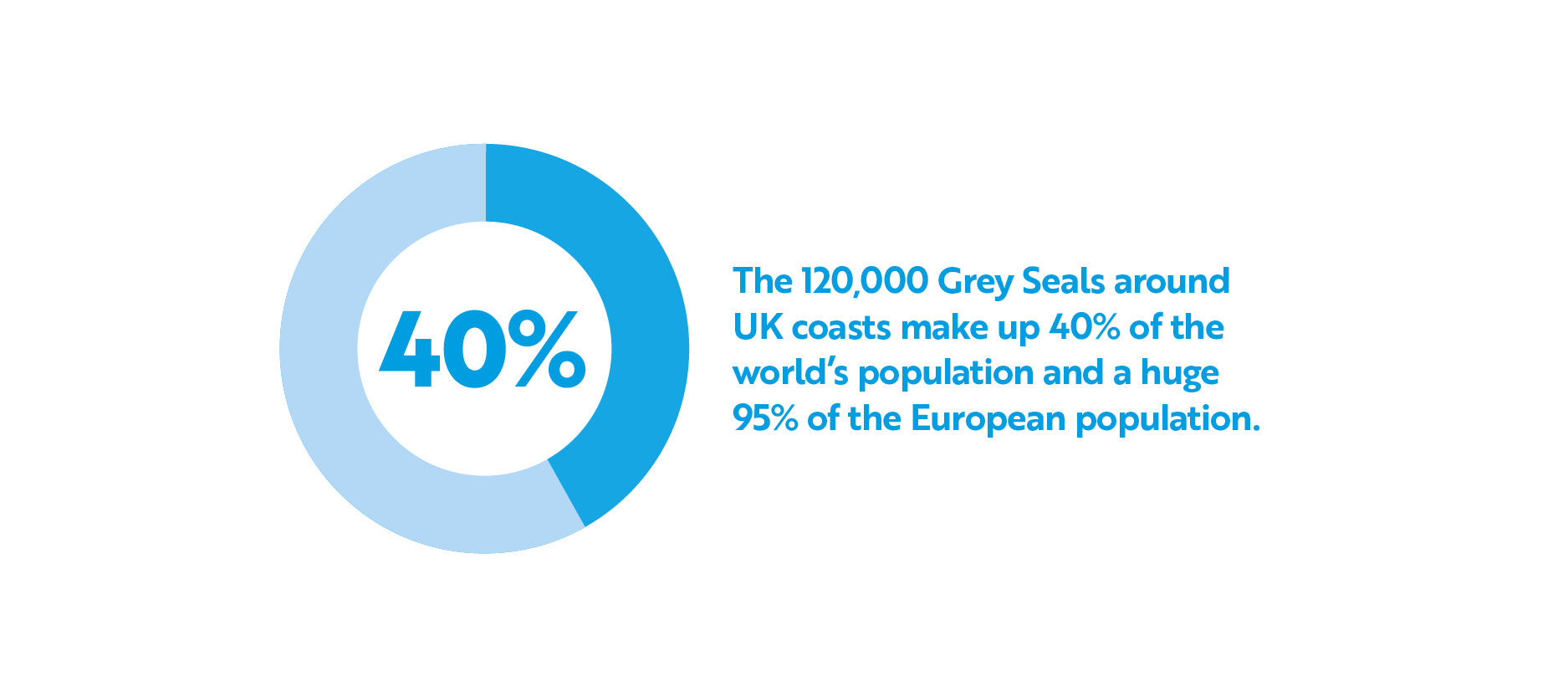
Pups, born between October and January, lounge on land until they’ve trebled in weight and lost their fluffy white coats.
Mothers and pups are particularly vulnerable – mothers may even abandon pups if they feel threatened – so enjoy them from a distance, keep dogs away and pick up any rubbish if you spot it.
Watch a Grey Seal pup suckling from its mother, as well as adult seals fighting, basking and attending to a pup on Blakeney Coast, Norfolk in 2013. Video: RSPB (rspb-images.com)

Give seals space
Keep Grey Seals safe by giving them plenty of space and keeping inquisitive dogs under control. You can also help out by picking up rubbish if you encounter it. Help set a good example whenever you encounter seals in the wild – you never know who you’ll inspire!
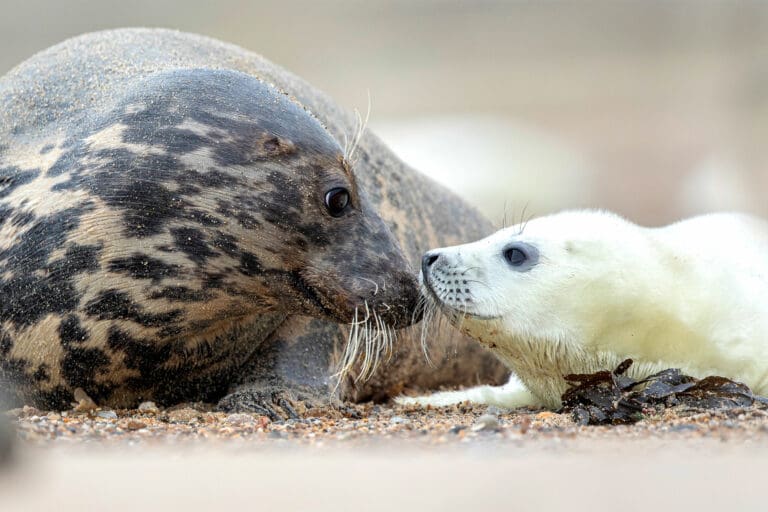
Grey Seal adult and pup. Photo: Ben Andrew (rspb-images.com)
You might also like
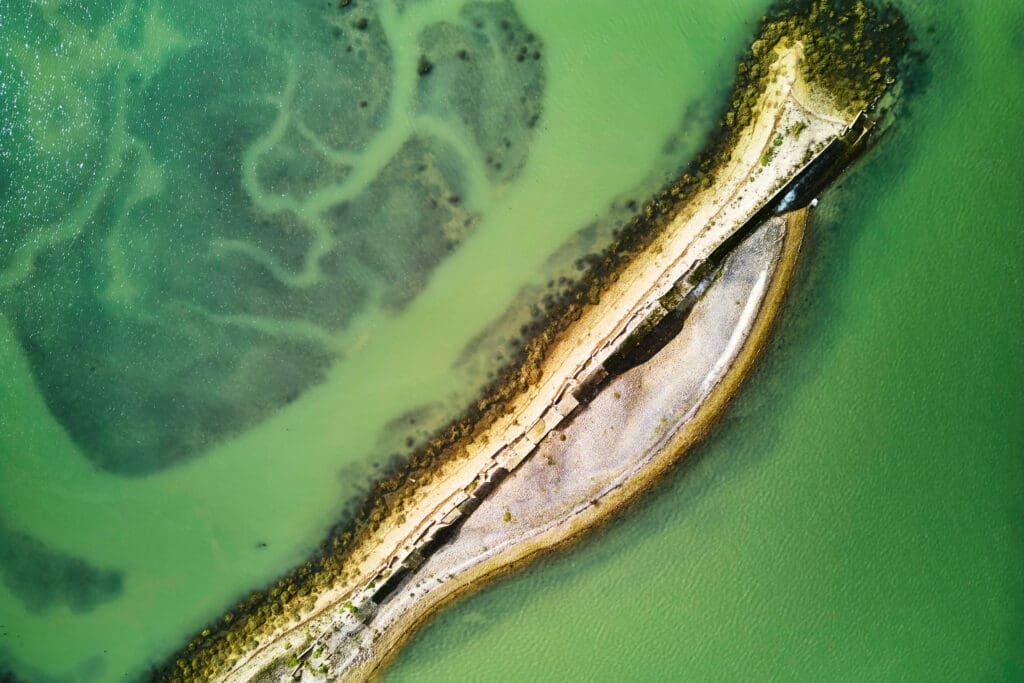
Medmerry & Pagham Harbour
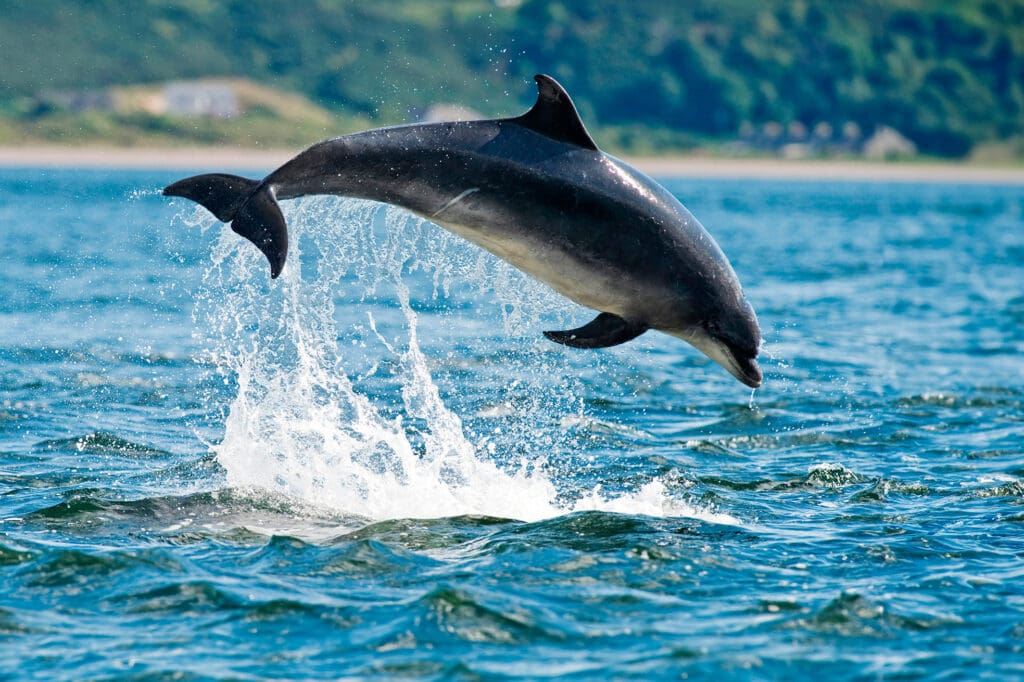
Mammal of the moment: Bottlenose Dolphin
